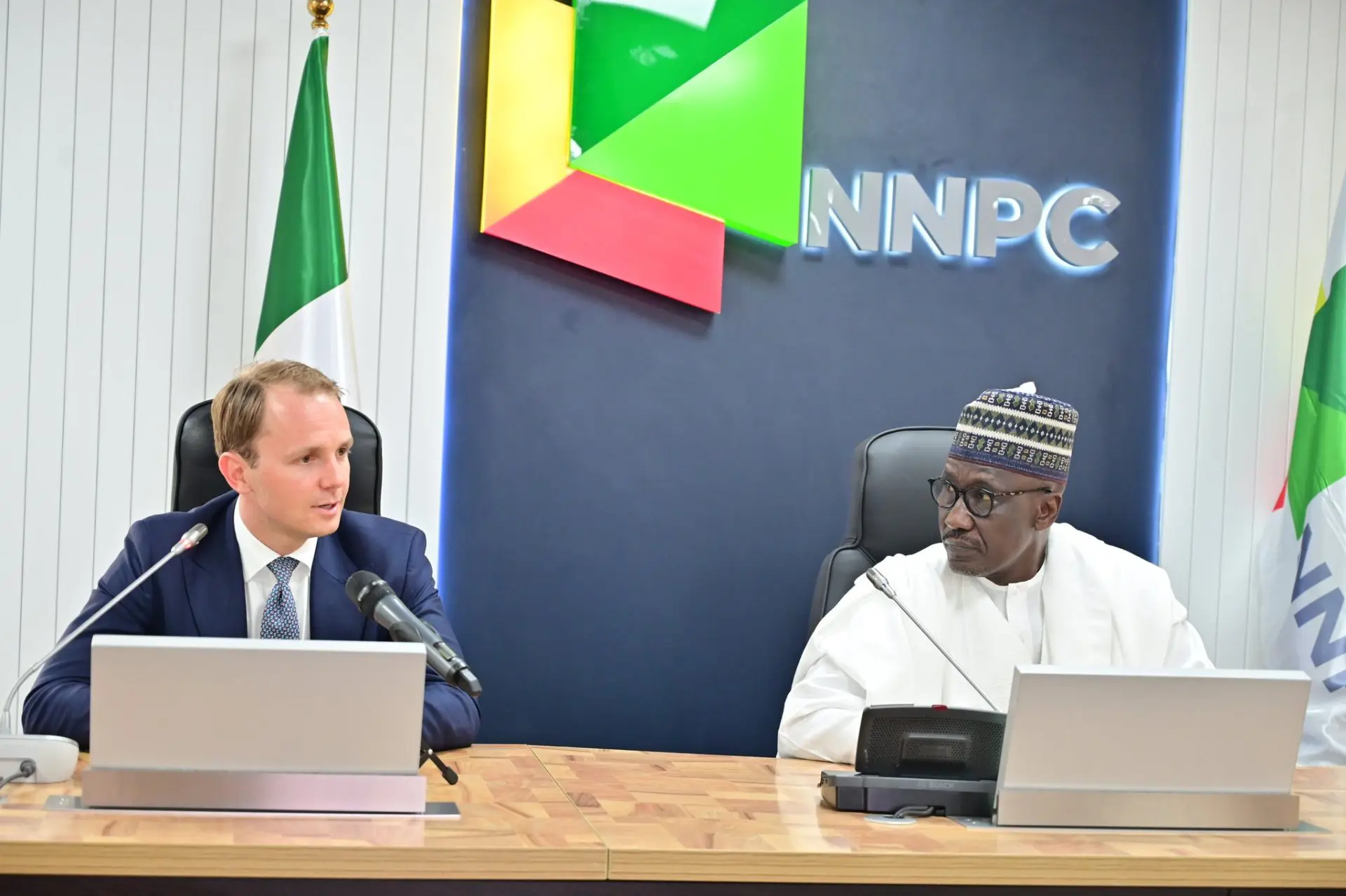This story requires a subscription
This includes a single user license.
In June, Golar and NNPC signed a project development agreement (PDA) for the deployment of an FLNG.
The agreement aims to monetize vast proven gas reserves from shallow water resources offshore Nigeria.
The partners “have both expressed their commitment to achieve a final investment decision (FID) before the end of the fourth quarter of 2024 and first gas by 2027,” NNPC said at the time.
Answeirng a question about the project’s FID during Golar’s third-quarter call on Tuesday, Staubo said that it “seems less likely to us that the Nigerian projects will move forward within this year.”
He said this is mainly because, “I don’t think they’re having right now a project that’s suitable for the FLNGs available.”
“But there’s certainly enough reserves in Nigeria and under NNPC’s control that they could utilize for a Mark II, but to see that happen within 2024, we see as unlikely,” Staubo said.
Howevher, “they are one of the contenders when we say that we think we’ll have the unit contracted within 2025,” Staubo said.
FLNG charter
Prior to thee earnings call, Golar’s results showed that the company expects to secure a charter deal for its MKII FLNG within 2025.
The company currently operates the 2.4 mtpa Hilli, which works offshore Cameroon, and the 2.7 mtpa Hilli, which will soon start serving BP’s Greater Tortue Ahmeyim FLNG project offshore Mauritania and Senegal.
In addition, Golar recently signed an EPC agreement with China’s CIMC Raffles to convert its 148,000-cbm Moss-type carrier, Fuji LNG, into an MKII FLNG with a capacity of 3.5 mtpa. The deal is worth $1.6 billion.
Besides the order for the MKII FLNG, Golar also secured an option for a second MK II FLNG conversion slot at CIMC Raffles for delivery within 2028.
The Golar MK II design is an evolution of the MK I design of FLNG Hilli and FLNG Gimi.
“We are progressing commercial and technical work on FLNG projects in the Americas, West Africa, the Middle East, and Southeast Asia,” the company said.
Staubo said during the call delivery of the vessel is expected in the fourth quarter of 2027 and it “will thereby be the first available FLNG capacity globally delivering at least two to three years before any competitive FLNG deliveries could be available.”
“We are currently in discussions with several potential FLNG opportunities for the vessel deployment,” he said.
Besides Nigeria, one of the options could be to deploy a second FLNG unit in Argentina.
In July, Golar LNG entered into definitive agreements with Argentina’s Pan American Energy for a 20-year deployment of an FLNG in Argentina.
The FLNG project will monetize Argentine gas, tapping into the vast resources from the Vaca Muerta shale formation in the Neuquina Basin, the world’s second-largest shale gas resources.
Golar expects the project to start LNG exports within 2027.
In October, PAE issued a reservation notice reserving Golar’s FLNG Hilli, which currently works offshore Cameroon for the project.
Staubo said Hilli will initially utilize spare capacity in Argentina’s existing pipeline network.
“Work to construct a dedicated pipeline connecting the FLNG terminal directly to the Vaca Muerta shale formation has also been pursued,” he said.
Golar estimates together with local pipeline companies a construction time of “around two years.”
“This could support a multi-FLNG vessel project in Argentina, including opportunities for the Mark II on order,” he said.

